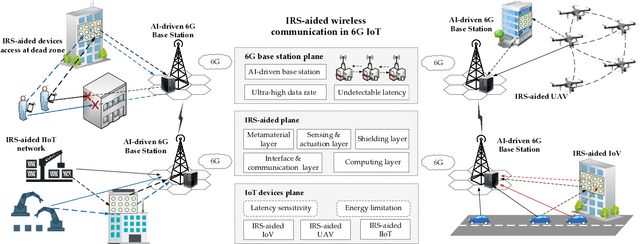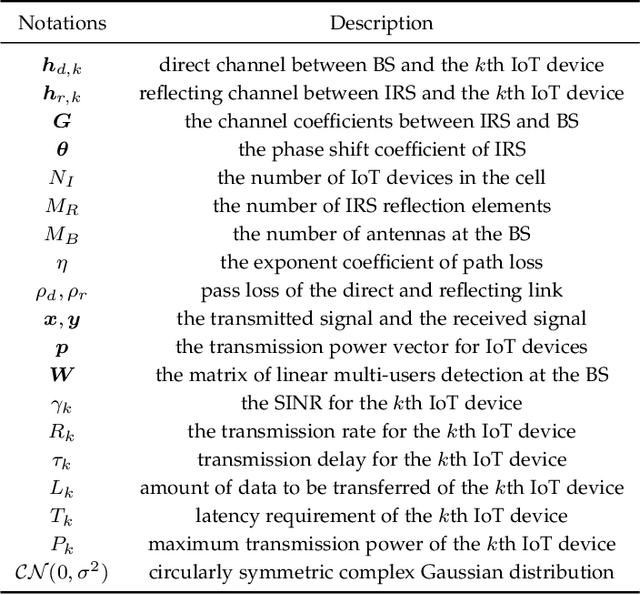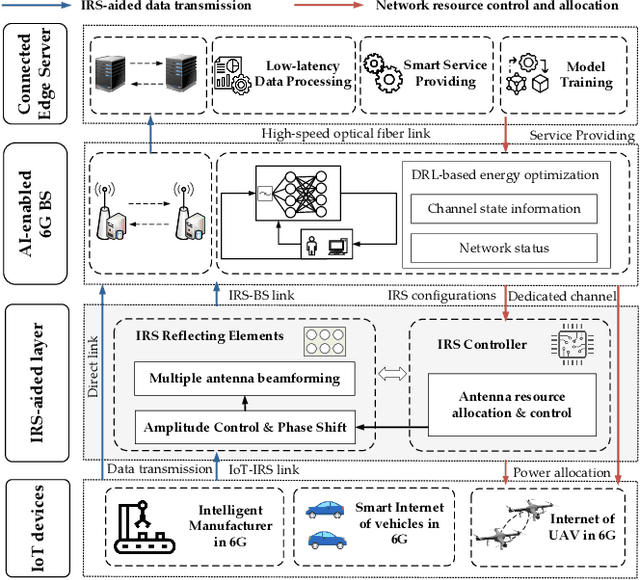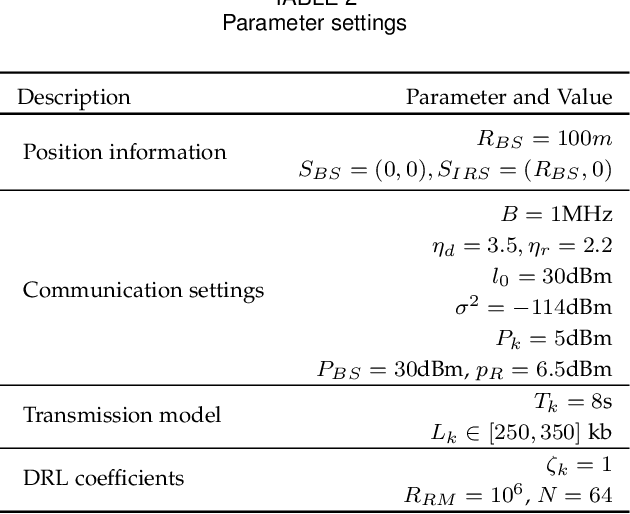Qianqian Pan
Asymmetric Diffusion Based Channel-Adaptive Secure Wireless Semantic Communications
Oct 30, 2023



Abstract:Semantic communication has emerged as a new deep learning-based communication paradigm that drives the research of end-to-end data transmission in tasks like image classification, and image reconstruction. However, the security problem caused by semantic attacks has not been well explored, resulting in vulnerabilities within semantic communication systems exposed to potential semantic perturbations. In this paper, we propose a secure semantic communication system, DiffuSeC, which leverages the diffusion model and deep reinforcement learning (DRL) to address this issue. With the diffusing module in the sender end and the asymmetric denoising module in the receiver end, the DiffuSeC mitigates the perturbations added by semantic attacks, including data source attacks and channel attacks. To further improve the robustness under unstable channel conditions caused by semantic attacks, we developed a DRL-based channel-adaptive diffusion step selection scheme to achieve stable performance under fluctuating environments. A timestep synchronization scheme is designed for diffusion timestep coordination between the two ends. Simulation results demonstrate that the proposed DiffuSeC shows higher robust accuracy than previous works under a wide range of channel conditions, and can quickly adjust the model state according to signal-to-noise ratios (SNRs) in unstable environments.
Leveraging AI and Intelligent Reflecting Surface for Energy-Efficient Communication in 6G IoT
Dec 29, 2020



Abstract:The ever-increasing data traffic, various delay-sensitive services, and the massive deployment of energy-limited Internet of Things (IoT) devices have brought huge challenges to the current communication networks, motivating academia and industry to move to the sixth-generation (6G) network. With the powerful capability of data transmission and processing, 6G is considered as an enabler for IoT communication with low latency and energy cost. In this paper, we propose an artificial intelligence (AI) and intelligent reflecting surface (IRS) empowered energy-efficiency communication system for 6G IoT. First, we design a smart and efficient communication architecture including the IRS-aided data transmission and the AI-driven network resource management mechanisms. Second, an energy efficiency-maximizing model under given transmission latency for 6G IoT system is formulated, which jointly optimizes the settings of all communication participants, i.e. IoT transmission power, IRS-reflection phase shift, and BS detection matrix. Third, a deep reinforcement learning (DRL) empowered network resource control and allocation scheme is proposed to solve the formulated optimization model. Based on the network and channel status, the DRL-enabled scheme facilities the energy-efficiency and low-latency communication. Finally, experimental results verified the effectiveness of our proposed communication system for 6G IoT.
 Add to Chrome
Add to Chrome Add to Firefox
Add to Firefox Add to Edge
Add to Edge